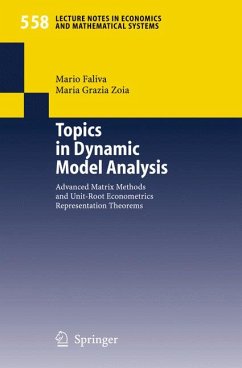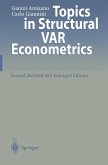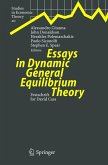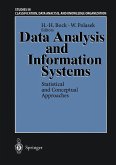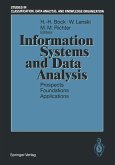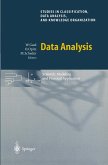Classical econometrics - which plunges its roots in economic theory with simultaneous equations models (SEM) as offshoots - and time series econometrics - which stems from economic data with vector autoregr- sive (VAR) models as offsprings - scour, like the Janus's facing heads, the flowing of economic variables so as to bring to the fore their autonomous and non-autonomous dynamics. It is up to the so-called final form of a dy namic SEM, on the one hand, and to the so-called representation theorems of (unit-root) VAR models, on the other, to provide informative closed form expressions for the trajectories, or time paths, of the economic vari ables of interest. Should we look at the issues just put forward from a mathematical standpoint, the emblematic models of both classical and time series econometrics would turn out to be difference equation systems with ad hoc characteristics, whose solutions are attained via a final form or a represen tation theorem approach. The final form solution - algebraic technicalities apart - arises in the wake of classical difference equation theory, display ing besides a transitory autonomous component, an exogenous one along with a stochastic nuisance term. This follows from a properly defined ma trix function inversion admitting a Taylor expansion in the lag operator be cause of the assumptions regarding the roots of a determinant equation pe culiar to SEM specifications.
Dieser Download kann aus rechtlichen Gründen nur mit Rechnungsadresse in A, B, BG, CY, CZ, D, DK, EW, E, FIN, F, GR, HR, H, IRL, I, LT, L, LR, M, NL, PL, P, R, S, SLO, SK ausgeliefert werden.

